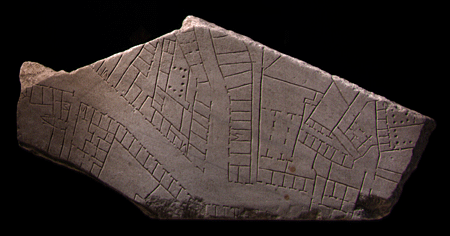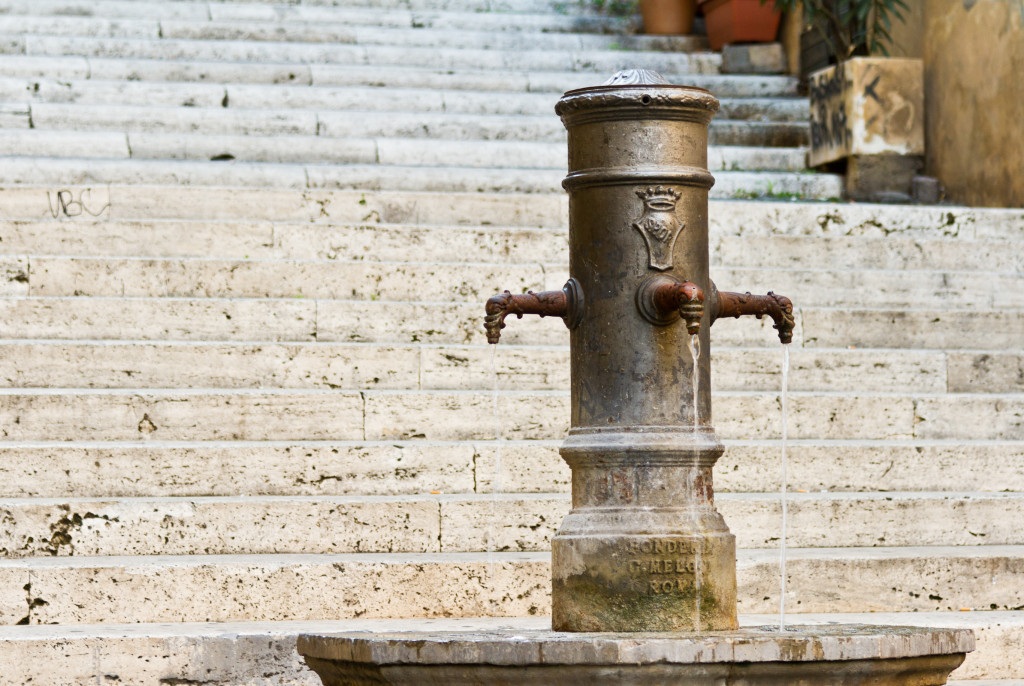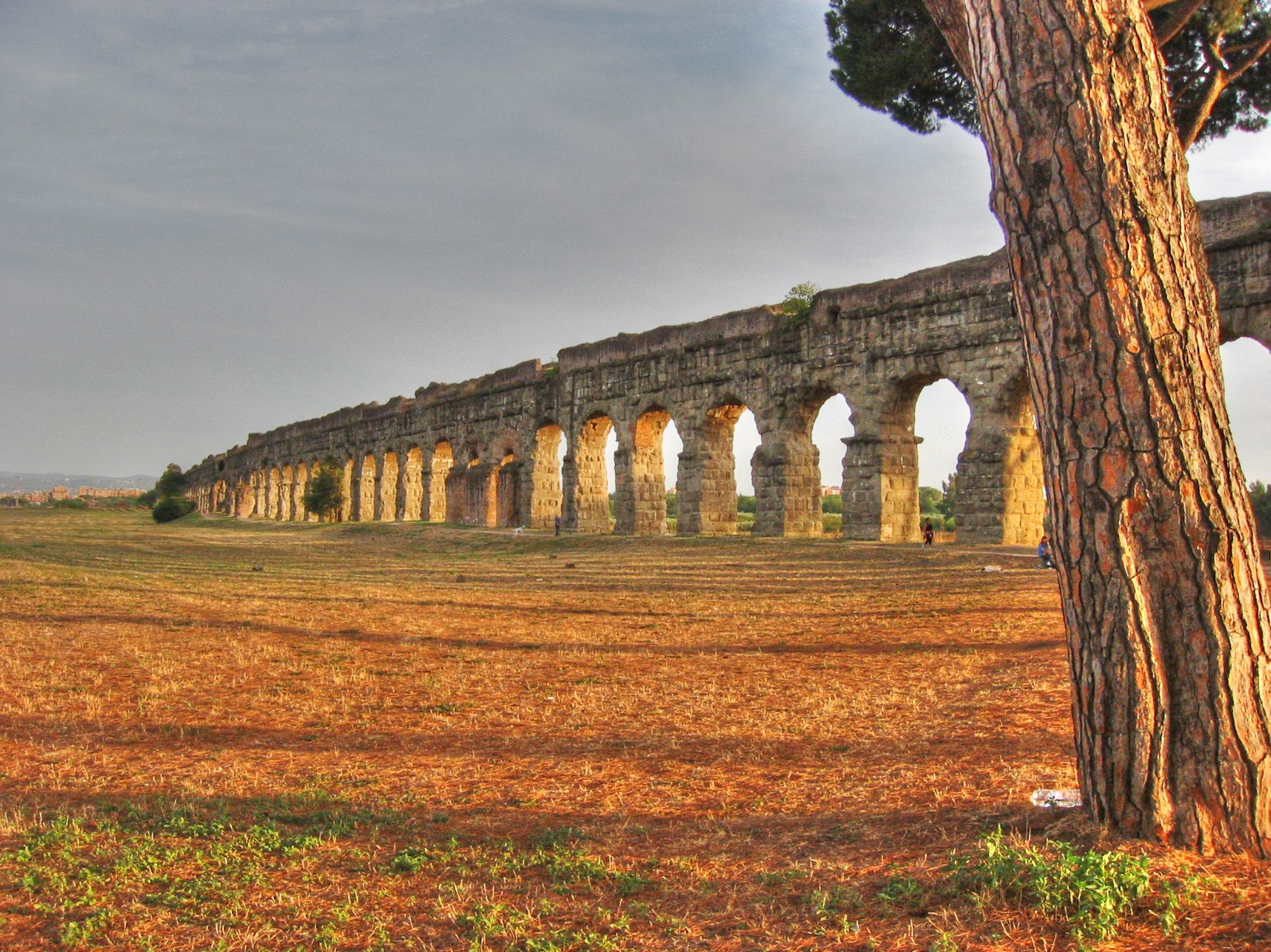In Rome you do not run the risk of dying of thirst even in the hottest months. There is no other city in the world that has 2,000 public fountains from which flows fresh and clear water to drink.We are talking about the famous
fountains that are called "Nasoni" from their
particular form.The
Nasoni are fountains that can be defined "democratic" because you can
find them everywhere: in the historic center, in residential
districts and in the suburbs. They
are made of iron and at its center they have a small hole (on the top) from which you drink if you cover the bigger hole with your hand.
During the hot days it is a real pleasure to drink the water of the fountains of Rome or fill your bottles. It is free, it is good and it is always fresh because of its continuous and uninterrupted movement.
The most curious and rare Nasone is located in Via della Cordonata
because it has three taps, from which comes the water, instead of the
traditional model that has a single cinnamon.
Since the days of ancient Rome, the water and the fountains were the
elements that characterized the urban landscape and the artistic and
cultural heritage of the city.
Some of the fountains were the ends of the aqueducts that were providing water to the city since the Roman times.
The
Trevi fountain, for example, is the Acqua Vergine aqueduct arrival
point, while the Fountain of Moses or the Aqua Felix is the the end aqueduct
Felice. The
squares and the most beautiful streets of Rome, the courtyards of the
palaces of the most important noble families, parks and villas of great families have always had the fountains which were designed and made by artists and architects who have made the city of Rome the most beautiful in the world.
Just
think of the Fountain of the Four Rivers in Piazza di Spagna, the Acqua
Paola Fountain at Gianicolo, the fountains of Piazza Navona, the
beautiful Fountain of the Turtles, the Triton Fountain and all the
Baroque and Renaissance works of Bernini, Della Porta, Salvi and many others.
All
the water that comes out of the fountains of Rome is not lost or wasted
because most is stored in large tanks in order to be used for watering gardens
and parks of Rome.




